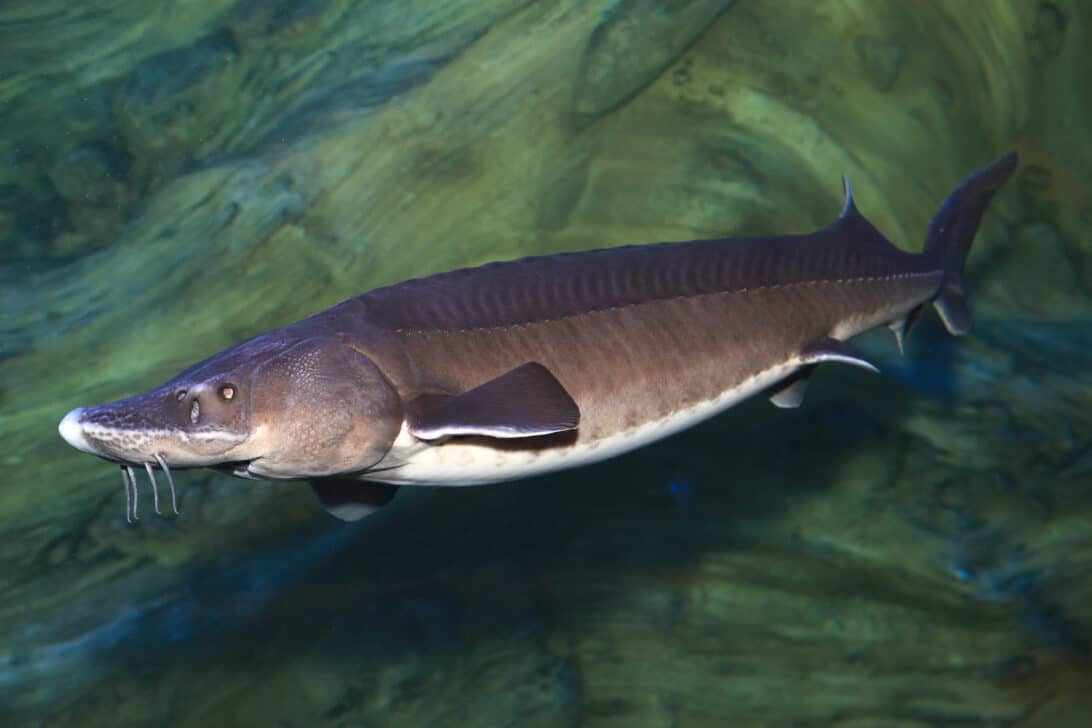A recent study conducted by researchers at Michigan State University examined the interplay between bird behaviour and environmental conditions, revealing insights into the survival strategies of thousands of non-migratory bird species in response to climate change. The study analysed 7,500 bird species to determine their adaptability to the changing climate, particularly in the context of increasing global temperatures and extreme weather events.
“Our aim was to synthesise these global data resources to see what environmental factors shape biodiversity,” said Casey Youngflesh, the lead author of the study. The researchers found that bird species with shorter lifespans tend to have a greater chance of survival under the current climatic challenges. For example, species such as cardinals are found in regions that experience significant seasonal changes. These birds maximise their reproductive potential during periods of favourable weather by mating frequently and producing large broods, thereby ensuring the continuity of their species.
In contrast, long-lived bird species, such as the sulfur-crested cockatoo, exhibit slower reproduction rates and longer lifespans, which their environmental conditions have historically supported. However, the researchers noted that this survival strategy is being challenged by an unprecedented rate of planetary warming that has not been observed in the last 10,000 years. Regions that once provided stable habitats are increasingly shifting, posing risks to both short-lived and long-lived bird species.
The implications of these findings extend beyond the avian population. The potential decline in bird populations raises significant concerns about biodiversity loss, which can have dire consequences for human health and well-being. It is noteworthy that over half of contemporary medicines are derived from natural resources, including essential fungi used to produce antibiotics. Reduced biodiversity could lead to a scarcity of these vital resources, impacting healthcare systems worldwide. Further emphasising the interconnectedness of species, a recent study found that the decline of vultures in India has been linked to an increase in human mortality due to inadequate waste management and disease spread.
In response to the pressing issue of species decline, government initiatives are being undertaken. In 2024, a California senator proposed the Wildlife Movement Through Partnerships Act aimed at restoring migration routes to support wildlife populations. Similarly, Brazil is implementing strategies to rejuvenate the Amazon rainforest, offering incentives for reforestation efforts that could also bolster local economies.
While these large-scale measures are crucial, individuals can also contribute to preserving biodiversity locally. Actions such as planting native gardens have demonstrated positive impacts on pollinator populations, showcasing how individual efforts can collectively benefit the environment.
The findings from this study underscore the urgent need for concerted efforts to address climate change and its effects on biodiversity. With continued commitment and collaboration, there remains potential to sustain a planet capable of supporting diverse life forms.
Subscribe
Sign-up to receive our newsletter





